Optimal Seasons for Plumbing Camera Inspections
Plumbing camera inspections are most effective when performed during periods of minimal water usage. Typically, early spring or late fall are ideal times, as household activity tends to be lower, allowing for thorough inspections without disruption.
Conducting inspections before or after significant plumbing work can help identify issues early, prevent costly repairs, and ensure system integrity. Regular inspections can also detect developing problems such as pipe blockages, leaks, or root intrusions before they escalate.
Spring and fall are recommended for plumbing camera inspections due to lower water demand and easier access.
Scheduling inspections before major plumbing projects or after severe weather can prevent complications and identify hidden issues.
Annual inspections are advisable for maintaining plumbing health, especially in aging systems or areas with tree root intrusion risks.
Noticing slow drains, foul odors, or recurring clogs indicates it may be time for a camera inspection.
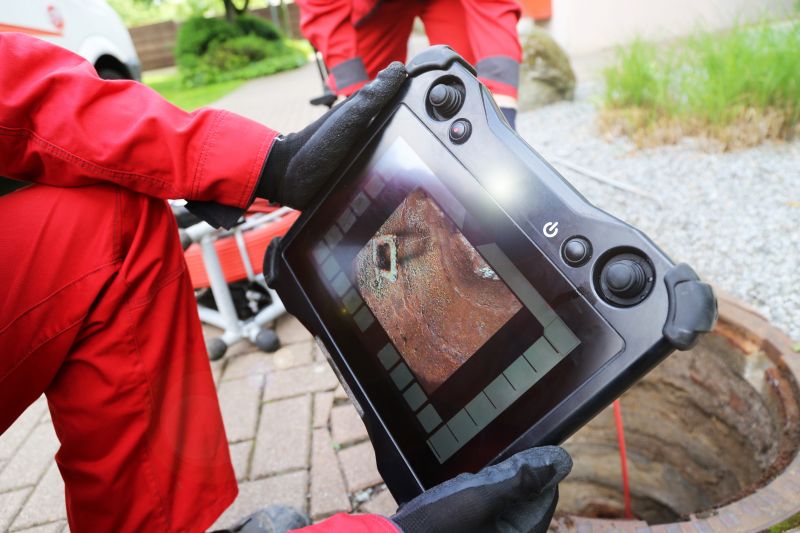
High-resolution cameras used to inspect pipes for blockages, cracks, and leaks.
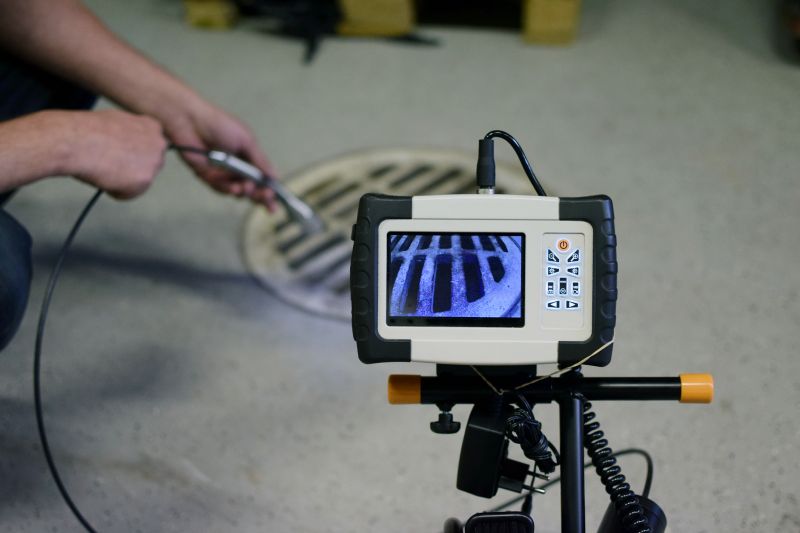
Camera devices navigate through sewer systems to detect obstructions and damage.
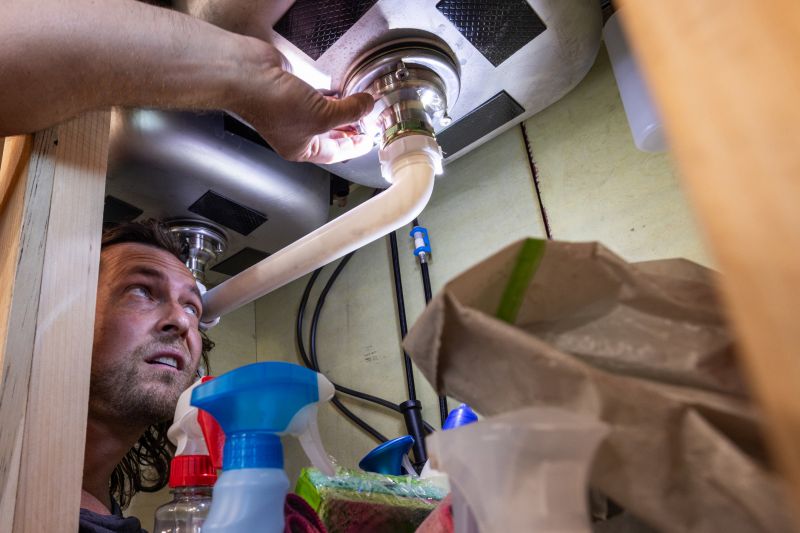
Detailed view of interior pipes to identify leaks or buildup.
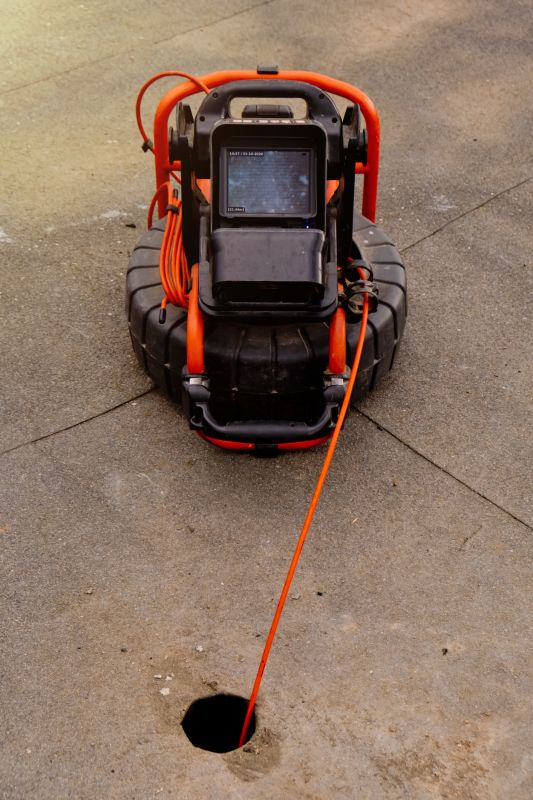
Ways to make Plumbing Camera Inspections work in tight or awkward layouts.

Popular materials for Plumbing Camera Inspections and why they hold up over time.
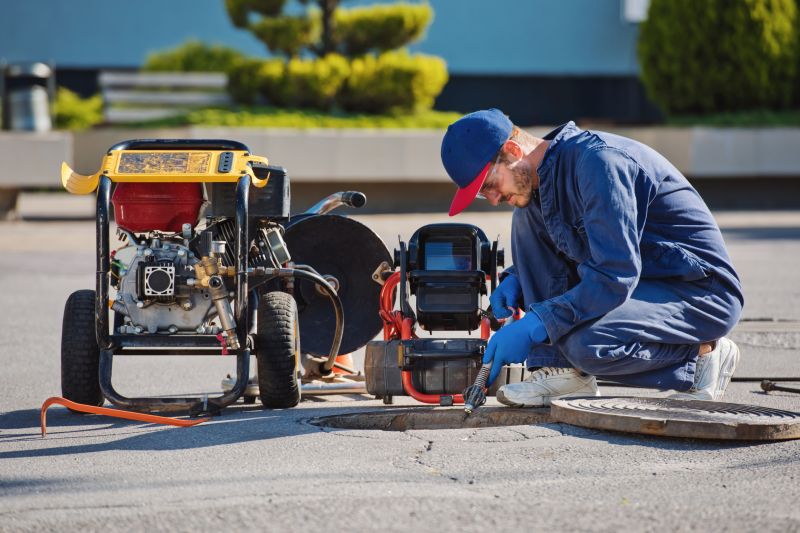
Simple add-ons that improve Plumbing Camera Inspections without blowing the budget.
| Question | Answer |
|---|---|
| What is a plumbing camera inspection? | A procedure using specialized cameras to visually inspect pipes and identify issues. |
| When is the best time to schedule an inspection? | During periods of low water usage, such as spring or fall, or before major plumbing projects. |
| How often should inspections be performed? | Typically once a year, especially in aging systems or areas with tree roots. |
| Can inspections prevent costly repairs? | Yes, early detection of problems reduces repair expenses and prevents water damage. |
| Are inspections suitable for all pipe types? | Yes, they are effective for most residential and commercial plumbing systems. |
| Do inspections require pipe excavation? | No, camera inspections are non-invasive and do not require digging. |
| What issues can be identified with camera inspections? | Blockages, cracks, leaks, corrosion, and root intrusions. |
| How long does a camera inspection take? | Typically between 30 minutes to an hour, depending on pipe length and complexity. |
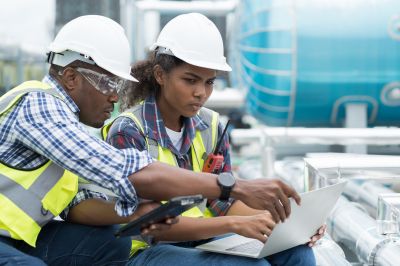
Technicians use flexible rods with cameras to navigate through pipes.

Camera systems visualize underground sewer pipes for damage or blockages.
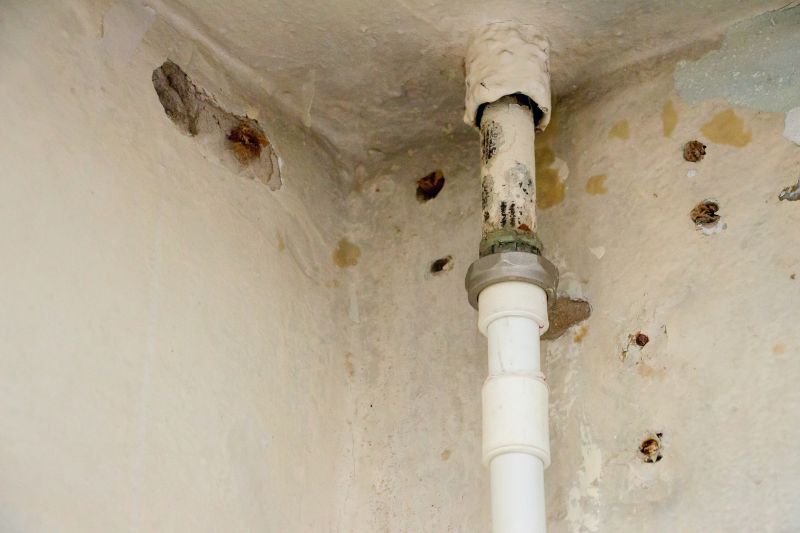
Visual confirmation of cracks, corrosion, or root intrusion.

Recorded footage for detailed analysis and repair planning.
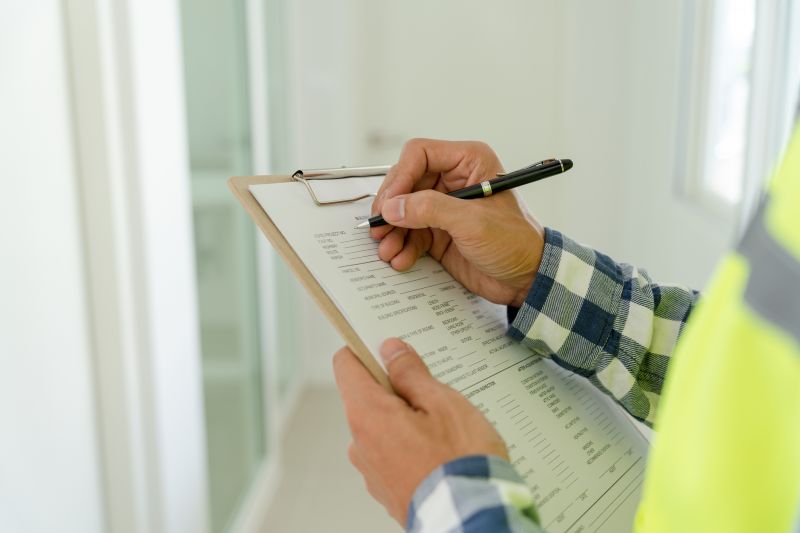
High-end options that actually feel worth it for Plumbing Camera Inspections.
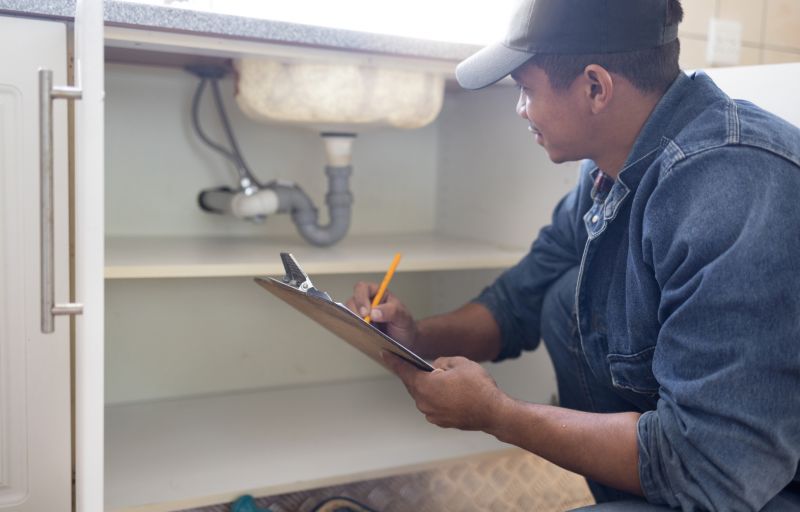
Finishes and colors that play nicely with Plumbing Camera Inspections.
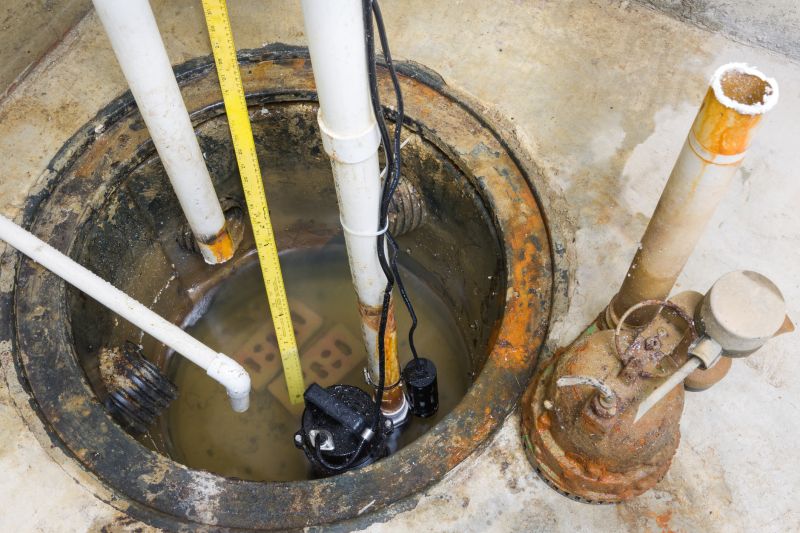
Little measurements that prevent headaches on Plumbing Camera Inspections day.
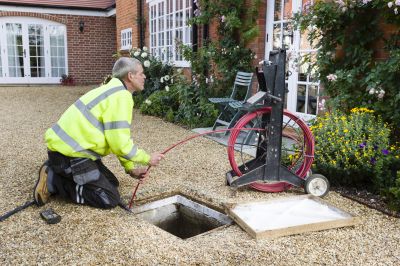
A 60-second routine that keeps Plumbing Camera Inspections looking new.
Plumbing camera inspections provide a detailed view of pipe conditions without invasive procedures. They help detect issues early, saving time and money while preventing potential water damage. Regular inspections are especially beneficial in older plumbing systems or areas prone to root intrusion and blockages.

High-definition camera capturing pipe interior details.
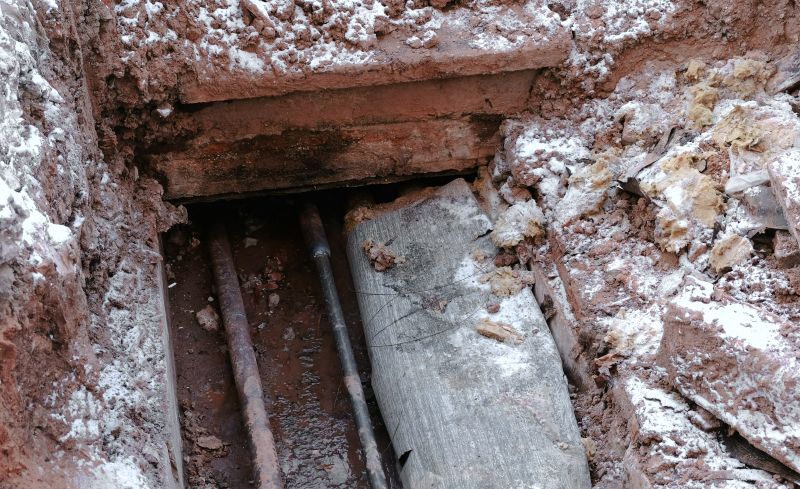
Assessing pipes beneath slabs for damage or leaks.
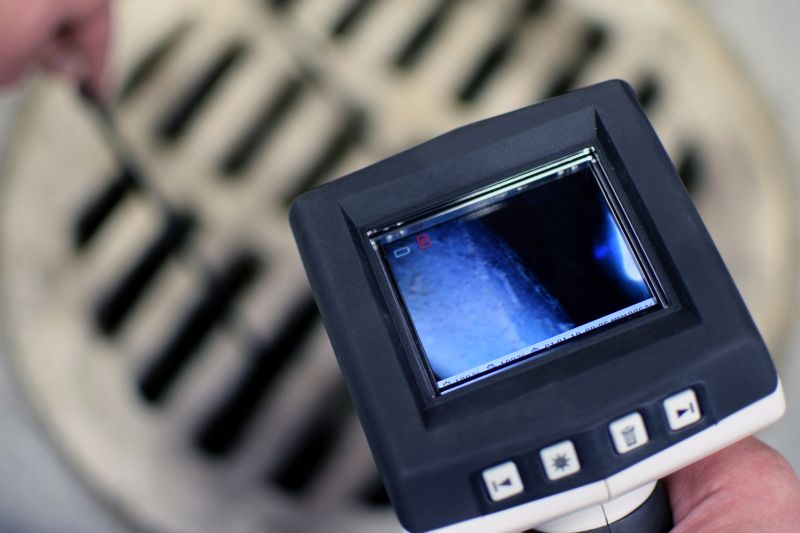
Identifying blockages and buildup inside drains.
Interested in scheduling a plumbing camera inspection? Filling out the contact form can provide further details and help arrange an appointment tailored to specific plumbing needs.
